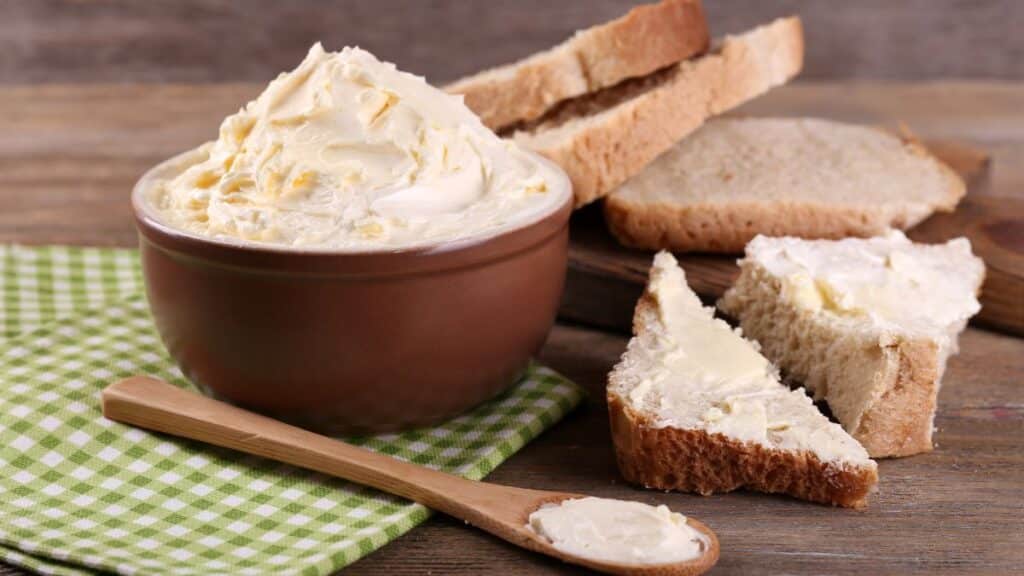Prices have jumped across many everyday items, even the ones you rely on most. Essentials that once fit into a normal weekly budget now take a bigger share of your money. Groceries and personal care products are two of the clearest examples. These common items have become much more expensive in the past few years.
Eggs

Once one of the cheapest sources of protein, eggs have seen major price swings due to supply issues and inflation. Even though prices have dropped some since their peak, they remain higher than they were a few years ago. For families who rely on eggs daily, the cost adds up quickly.
💸 Take Back Control of Your Finances in 2025 💸
Get Instant Access to our free mini course
5 DAYS TO A BETTER BUDGET
Toilet Paper

Household staples like toilet paper have steadily risen in price. The rolls are often smaller, too, which means you are paying more for less. Buying in bulk or switching to store brands helps, but this once-affordable necessity is no longer a small expense.
Cereal

What used to be a quick, cheap breakfast now costs several dollars a box. Shrinkflation makes it worse—boxes are smaller even though the price tag has gone up. Many people are switching to homemade oatmeal or eggs to cut grocery costs.
Laundry Detergent

Detergent prices have increased faster than many other household items. Concentrated formulas and smaller containers make it tricky to compare true value. Using less per load or making your own detergent at home can help stretch your dollar further.
Bread

Bread is one of those grocery items that always seems to creep up in price. Between rising ingredient and packaging costs, even basic loaves can feel expensive now. Baking bread at home can be a cheaper and tastier alternative.
Shampoo and Conditioner

Personal care products have quietly become pricier in recent years. Many brands are charging more for smaller bottles, while “salon-quality” options now rival luxury prices. Choosing simple, effective products instead of trendy ones can help keep spending down.
Pet Food

Pet owners have noticed major price jumps in kibble and canned food. Ingredient costs and supply chain issues have pushed prices higher, and some brands have reduced package sizes. Buying in bulk or finding quality store brands can save money without sacrificing nutrition.
Coffee

Coffee lovers have been hit hard by inflation. The cost of beans has gone up due to global supply issues, and even basic ground coffee is noticeably more expensive. Brewing at home is still cheaper than daily café visits, but the price increase is undeniable.
Cheese

Cheese has seen some of the steepest grocery price increases in recent years. It is a staple in many households, so even a small rise per pound makes a noticeable difference. Buying larger blocks and shredding your own can help cut costs.
Cleaning Supplies

From disinfecting wipes to all-purpose sprays, cleaning products have gone up in price and down in quantity. Many people are switching to concentrated or refillable options to save money. A simple mix of vinegar and water can replace several pricey cleaners.
Butter

Like other dairy products, butter prices have increased significantly. It is a key ingredient in cooking and baking, so the jump hits hard for frequent home cooks. Watching for sales or freezing butter in bulk can help you stay stocked without overspending.
Bottled Water

Once considered a cheap grab-and-go item, bottled water now costs more per case, and plastic usage fees have made it worse in some areas. Using a reusable bottle and a good water filter saves money and reduces waste at the same time.
Everyday Costs Keep Rising

The cost of basic goods has changed faster than most paychecks, and many people are adjusting how they shop. Paying attention to price trends, buying in bulk, and finding affordable substitutes can help stretch your budget. A few mindful choices make it easier to handle today’s higher prices without feeling deprived.
This article first appeared on Cents + Purpose.



